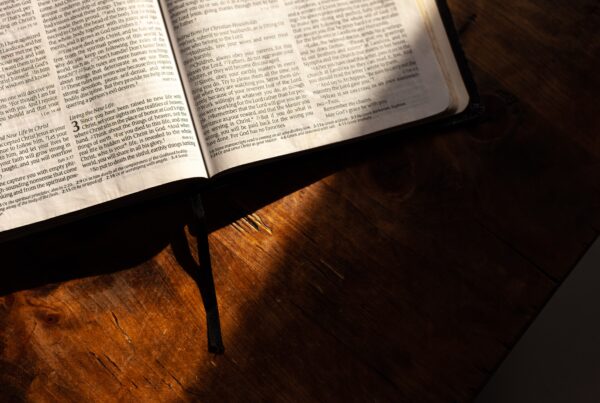If you haven’t read the previous two posts, you can find Part 1 here and Part 2 here. Today we’ll look at the criteria the early Church used to sort through the various early Christian writings as they recognized the New Testament canon.
To clarify, analyzing the early Church’s “criteria” for canonical and noncanonical books is to systematize the process somewhat unnaturally. The reason is that the process of canonization happened organically, naturally developing from the first century on. Even so, we can identify the prioritized criteria by observing that process of development.
We discussed previously the natural shift of authority from the Apostles to their writings after their deaths. With this shift, the Apostles’ writings were collected, copied, and dispersed among the early Church. Now, the collection and dissemination of the Apostles’ writings had already begun during their lifetimes, though the process was amplified after their deaths.
Criteria of the Canon
By observing how the early believers collected and used the early Christian writings, we can see four primary criteria they used to identify which documents were authoritative for the Church: Apostolicity, orthodoxy, antiquity, and ecclesiastical (Church) usage. These criteria are most helpful for understanding how the later debates over a small number of books were resolved.
Apostolicity
Apostolicity dealt with whether the writings came from the Apostles or their close associates. The reason for this criterion has to do with authority. The Apostles were Jesus’ chosen leaders among His earliest followers who were to oversee the foundation and mission of the early Church (this is clearly seen in Acts and in texts like Eph 2:20 and 4:11). Apostolicity also applied to close associates of the Apostles. For example, Luke, the author of the Gospel of Luke and the book of Acts, was not an Apostle but he was a close associate of the Apostles, specifically Paul.
Orthodoxy
Orthodoxy related to whether the writings in question were in line with apostolic teaching. If a document was clearly opposed to the Apostles’ teaching and thereby opposed to Jesus’ teaching, it was recognized as not authoritative. This is sometimes called the “rule of faith.”
Antiquity
Antiquity was based upon the age of the writing. The primary question was, did the writing originate in the apostolic period? If a writing originated later, it necessarily could not claim direct apostolic influence.
Ecclesiastical
Finally, ecclesiastical usage dealt with whether the writing had been received and used by the Church, having conformed to the previous criteria. The later Church was not going to introduce a new writing that had previously been absent from Church life.
All four of these work together to demonstrate the natural development of the canon. They are somewhat interdependent as well. For example, if a writing does not conform to apostolic teaching (Orthodoxy) then it is not representative of the Apostles or Jesus (Apostolicity). And if a writing comes from a later period (Antiquity), it necessarily cannot be apostolic. What becomes clear is the primary determiner was apostolicity, that is, was the writing directly connected to Jesus through the Apostles and their associates or not? This also naturally ties into the closing of the canon and the exclusion of various later writings.
Ultimate Authority
Ultimately, the authority rests on Jesus, and our direct access to His teaching and instruction comes from His Apostles. That is why Christians base their lives on the Bible. While other writings can be edifying, encouraging, and inspiring they are not authoritative over our lives. In our devotion to the Scriptures, we are doing what the earliest believers did, for “they devoted themselves to the apostles’ teaching” (Acts 2:42).
References:
Carson, D. A., Douglas J. Moo, An Introduction to the New Testament. Grand Rapids: Zondervan, 2005.
Holmes, Michael. The Apostolic Fathers: Greek Texts and English Translations. 3rd ed. Grand Rapids: Baker Academic, 2007.
Köstenberger, Andreas J., Scott L. Kellum, Charles L. Quarles, The Cradle, the Cross, and the Crown. Nashville: B&H Academic, 2016.




